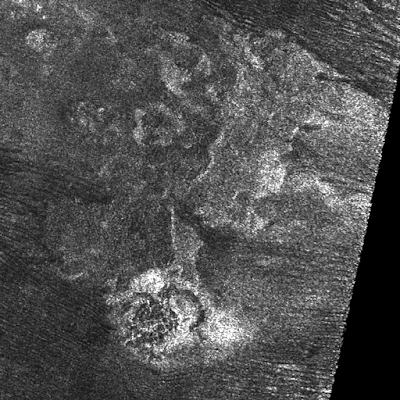Cryovolcano - The Ice Volcano
"Cryovolcanoes" are the one of the most intriguing features in solar system. Generally we have heard that volcanoes
are hot but after reading this article you will know that volcanoes are not
only hot. Ironically the name Volcano comes from Roman God Vulcan, God of Fire. Generally the volcanoes are formed due to the hot molten materials
which when added to water leads to the generation of new rocks. But it is not
true for outer space, ice volcanoes are formed on the cold planets and does not
contains any rock forming materials. It mainly consist of water, ammonia,
methane which are generally known as cryomagma. Think back in the classrooms
how the hot volcanoes worked, Cryovolcanoes work similarly.
The first Cryovolcanoes
was found in 1989 by the Voyager 2 space craft from the Neptune’s greatest moon
known as Triton. These are very volatile material as the methane is converted
into liquid form when heated at -182 ℃. Due to this the methane is found to
be in gaseous state on earth but on cold planets like Pluto it is found in
solid state. Sometimes due to tectonic movements or other natural calamities
the temperature of the methane gets raised due to this, and all the volatile
substance gets into the liquid form hence they try to move in upward direction and
the all volatile material are ejected and as the temperature of the materials
is low the volcanic eruptions is in the form of liquid ice. Ceres is the moon
which consist of more numbers of cryovolcanos as the methane and water are
found maximum in solid form. According to NASA’s Cassini spacecraft research
the oldest volcano is known as “Ahuna mons “which is found on the Ceres. These
volcanoes have life’s as the get flattened up due to time and gravity this
phenomenon is known as “Viscous Relaxation”. This physical term indicates the
massive ice converts into liquid due to time and gravity same as the glaciers
on the earth. But as the Ahuna mons is the oldest cryovolcano and it is still
steady. The question arises in your mind is that, does viscous relaxation does
not affects this volcano. Here is the reason due to the special geometric
structure of the volcanic mountain the viscous relaxation is acting in very
nominal amount which leads to slow degration of solid ice. Titan, a moon of
Saturn also contains some cryovolcanoes as the surface of Titan consist of the
ammonia and has the sea of frost methane and as it is far away from Sun its
temperature is low due to this favourable condition Titan also consists of
cryovolcanoes. NASA’s Cassini mission has found out that the surface of Titan
is active.
Cryovolcano on Titan “DoomMons”
The biggest cryovolcano is
found on Pluto known as “Wright mons” which was named after the Wright Brothers.
This volcano is two and half miles tall and it is spread across 90 miles.





Comments
Post a Comment